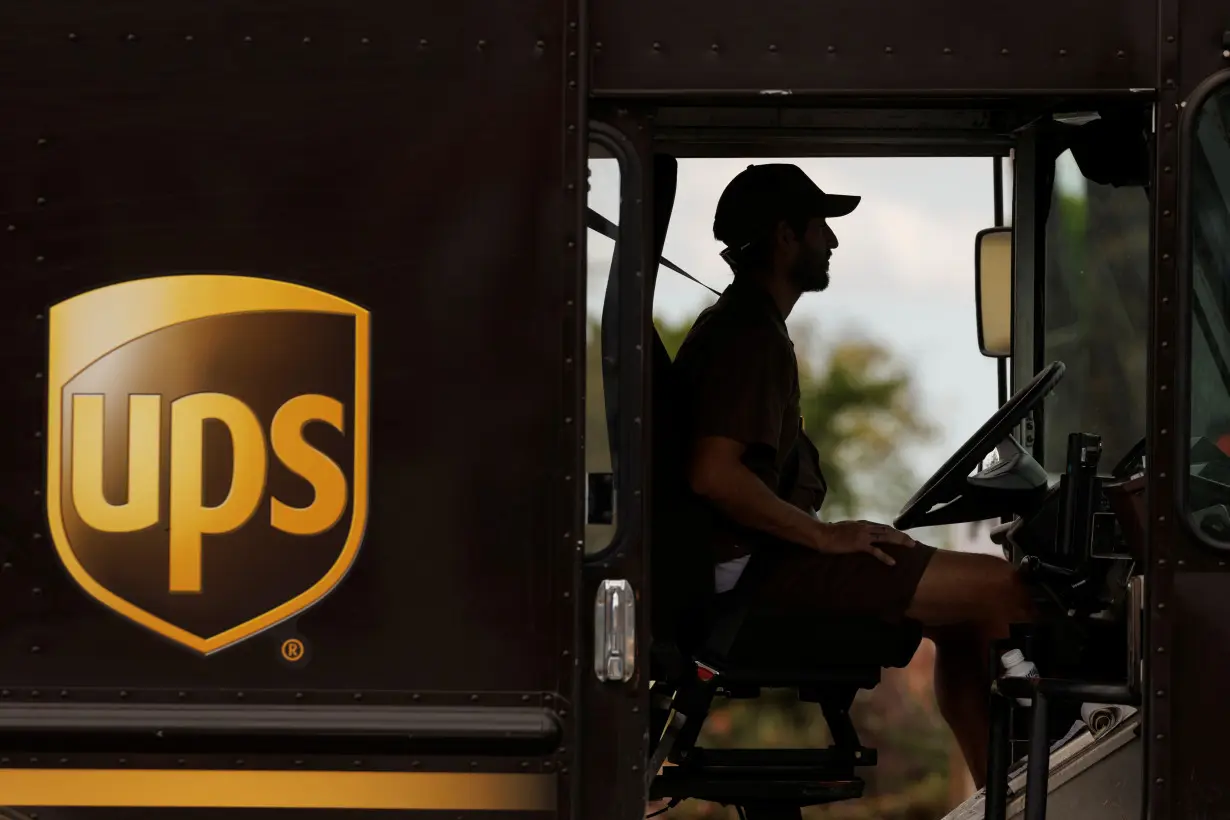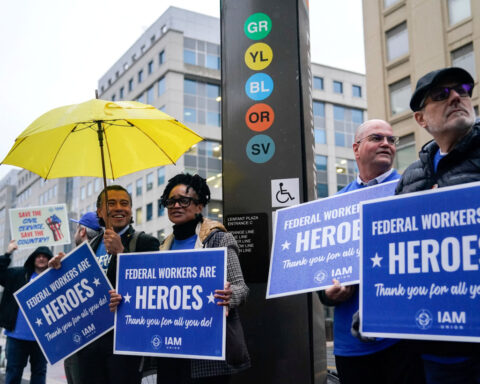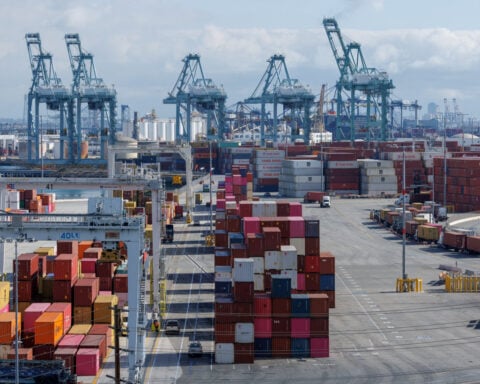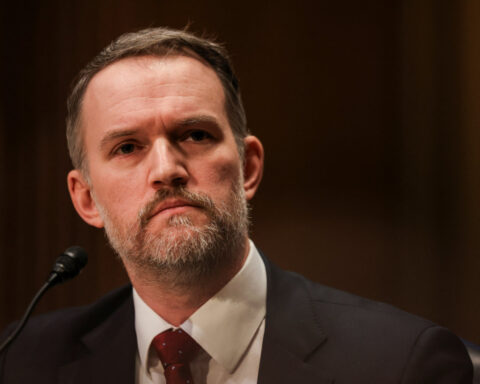By Lisa Baertlein and Priyamvada C
(Reuters) - Wall Street analysts expect United Parcel Service to report a sharp drop in third-quarter profit on Thursday as it absorbs significant costs from its new union labor contract and a downturn in demand pressures pricing.
The world's biggest package delivery firm in August lowered its 2023 revenue and profitability forecasts due to higher labor costs and business losses during its tumultuous talks with the Teamsters union.
Analysts, on average, expect UPS adjusted earnings per share to be roughly half of the $2.99 it reported for the third quarter last year.
UPS is booking 46% of wage and benefit costs from its five-year contract covering roughly 340,000 workers this year. The company hasn't revealed the all-in cost of that agreement, saying only that it is less than the $30 billion cited by the International Brotherhood of Teamsters.
Demand for delivery has tumbled from record highs early in the pandemic when sheltering-at-home consumers gobbled up sofas, laptops, big-screen TVs and home exercise equipment. As health protections lifted, those shoppers resumed spending on travel, concerts and other entertainment - leaving UPS, FedEx, Amazon.com and regional firms with more delivery capacity than packages to handle.
Those companies are now racing to keep and win business, which is helping customers negotiate discounts that were virtually unheard of before the COVID e-commerce bubble burst.
UPS has two unique package volume challenges.
Amazon, its biggest customer, has been delivering more of its own packages to keep its own network full. At the same time, UPS is fighting to win back 1.2 million daily packages lost when workers threatened to strike if they didn't have a new deal before their contract expired.
Analysts expect UPS to regain much of that diverted business, even as rival FedEx disagrees.
"I suspect UPS can gradually win back a portion of the business it lost during the strike threat, but I doubt they will claw it all back," Morningstar analyst Matthew Young said.
UPS is now in its busiest quarter of the year, when package volumes can double due to major holiday shopping events.
U.S. carriers and analysts expect a "weak peak" holiday delivery season for the period that stretches from Thanksgiving Day on Nov. 23 into mid-January, as higher costs for food, fuel and housing erode consumer spending.
UPS, FedEx, the U.S. Postal Service and others are expected to deliver 82 million packages per day during the holiday peak, down from 90 million last year, said Satish Jindel, president of delivery consultancy ShipMatrix.
(Reporting by Lisa Baertlein in Los Angeles and Priyamvada C in Bengaluru; editing by Jonathan Oatis)

 Trump has begun another trade war. Here's a timeline of how we got here
Trump has begun another trade war. Here's a timeline of how we got here
 Canada's leader laments lost friendship with US in town that sheltered stranded Americans after 9/11
Canada's leader laments lost friendship with US in town that sheltered stranded Americans after 9/11
 Chinese EV giant BYD's fourth-quarter profit leaps 73%
Chinese EV giant BYD's fourth-quarter profit leaps 73%
 You're an American in another land? Prepare to talk about the why and how of Trump 2.0
You're an American in another land? Prepare to talk about the why and how of Trump 2.0
 Chalk talk: Star power, top teams and No. 5 seeds headline the women's March Madness Sweet 16
Chalk talk: Star power, top teams and No. 5 seeds headline the women's March Madness Sweet 16
 Purdue returns to Sweet 16 with 76-62 win over McNeese in March Madness
Purdue returns to Sweet 16 with 76-62 win over McNeese in March Madness








